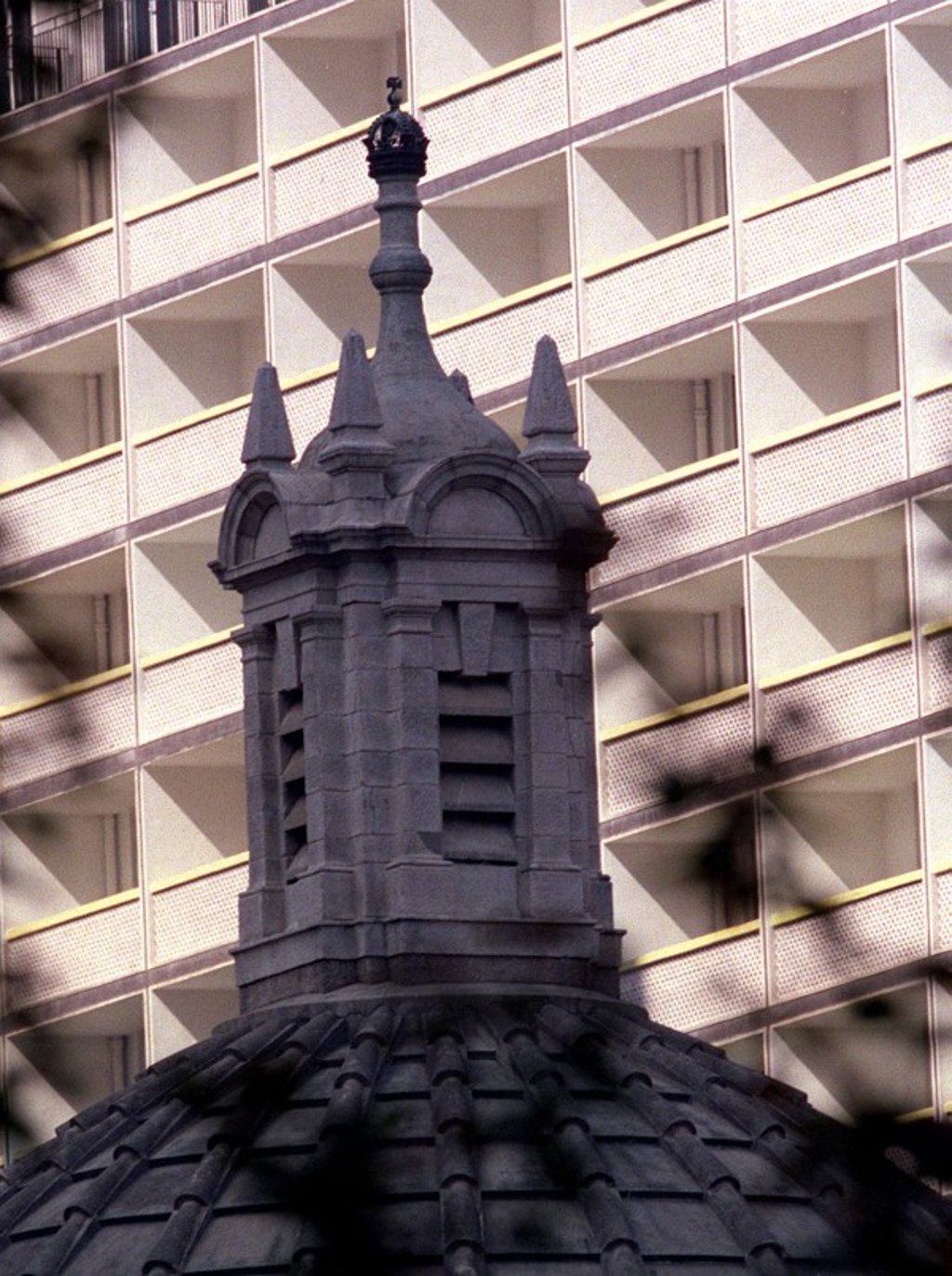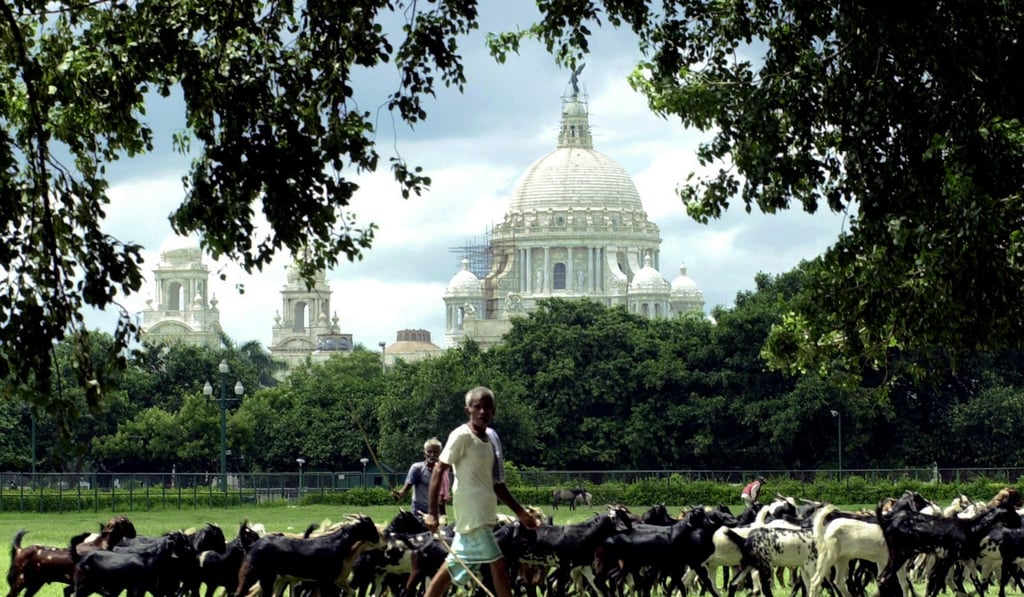On Reflection | Hong Kong, like India, needs to remember the truth about British colonialism
Not to memorialise your colonial past is to imply that your economy is more important than your history, your land more important than your people

In Hong Kong to address the Asia Society this weekend, one of the things that strikes me again is that amid the profusion of colonial buildings in this teeming city, there is one startling absence. There is no museum to Hong Kong’s colonial history.
The story of Hong Kong for 156 years was the story of colonial rule, but it is not commemorated. Tales may be told of the British magnates who passed through here and made their fortunes in this port city. But a museum that reflects the stories of the Hong Kong Chinese, or of the Indians – Hindus, Parsis, Sikhs, Jews – who played such a major role in the building of Hong Kong, is nowhere to be found. Colonialism is the missing piece of the Hong Kong puzzle. In the city’s headlong rush to into the 21st century, it has left its history behind.

Does Britain owe reparations to former colonies?
This famous monument, built between 1906 and 1921, stands testimony to the glorification of the British Raj in India. It is time, I argued, that it be converted to serve as a reminder of what was done to India by the British, who conquered one of the richest countries in the world (27 per cent of global GDP in 1700) and reduced it, over two centuries of loot and exploitation, to one of the poorest, most diseased and most illiterate countries on Earth by the time they left in 1947.

It is curious that there is, neither in India nor in Britain or Hong Kong, any museum to the colonial experience. London is dotted with museums that reflect its imperial conquests, from the Imperial War Museum to the India collections at the Victoria and Albert Museum and the British Museum. But none says anything about the colonial experience itself, the destruction of India’s textile industry and the depopulation of the great weaving centres of Bengal, the systematic collapse of shipbuilding, or the extinction of India’s fabled “wootz” steel.
Nor is there any memorial to the massacres of the Raj, from Delhi in 1858 to Amritsar in 1919, the deaths of 35 million Indians in famines caused by British policy, or the “divide and rule” policy that culminated in the horrors of Partition in 1947 when the British made their shambolic and tragic Brexit from the subcontinent. The lack of such a museum is striking.
